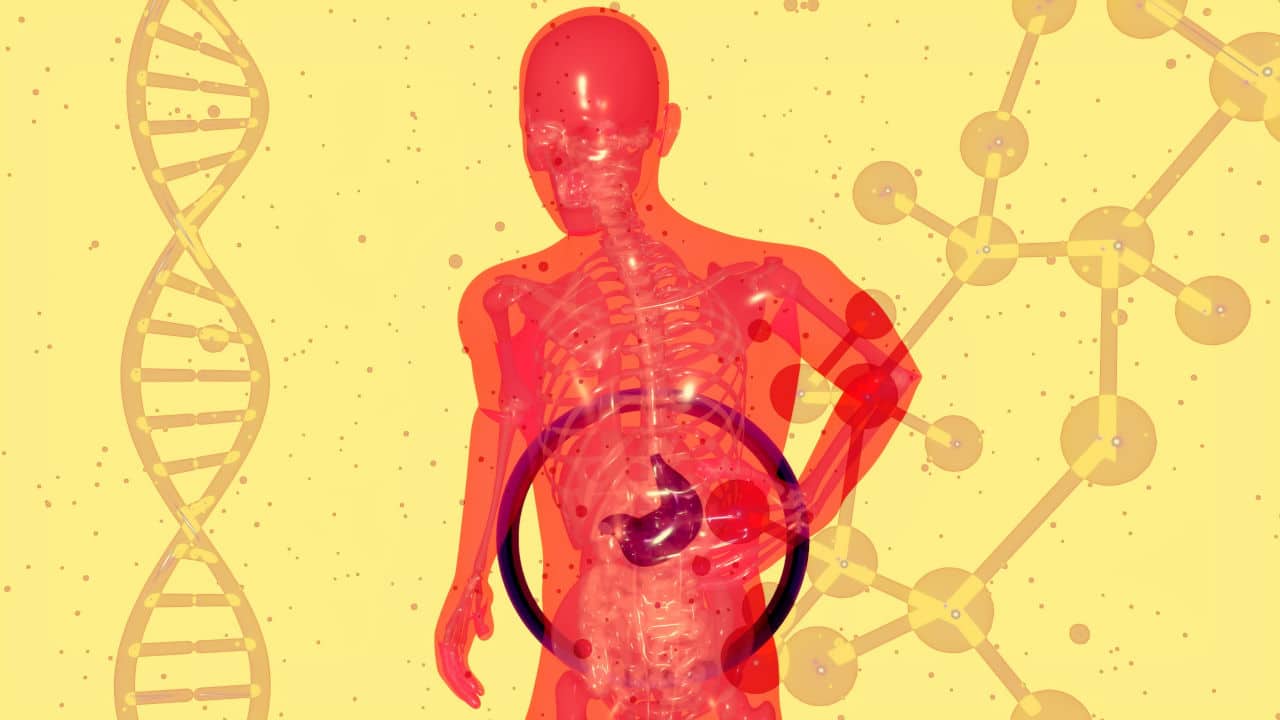The appendix, also called the vermiform appendix because of its worm-like shape, isn’t as useless as many people think it to be. They believe it’s your friend so long as it isn’t trying to kill you. Hence, they see it as just a tissue extending from the beginning of the large intestine(cecum). However, researchers have asserted that it houses cells that contribute to the body’s immune response. Thus, just like every organ in the body that performs a function, it can be attacked by infections such as bacteria, viruses, parasites, or other microorganisms in the digestive tracts where it is located. The condition where the appendix is inflamed is referred to as appendicitis.
According to the National Institute of Diabetes and Digestive and Kidney Diseases (NIDDK), appendicitis is the most common cause of acute abdominal pain leading to surgery in the US, with 5 to 9 out of every 100 people at risk of developing it at some point.
When a patient’s appendix is inflamed and left untreated, it can cause the appendix to rupture as it may not be able to hold the pressure caused by the infection. A ruptured appendix can lead to death within a short period of time as the bacteria being held up in the appendix will be set loose, spreading to other parts of the abdominal cavity.
Most cases of appendicitis are treated with a surgical procedure referred to as an appendectomy. However, when the appendicitis is still mild, it can be treated with antibiotics alone.
Amongst other things, an inflamed appendix can cause a painful swelling in the abdomen. The pain of appendicitis is its most famous feature. This is because of the bacteria or other microorganisms that are present and growing in the appendix at that point in time.
Types of Appendicitis
Appendicitis in a patient can either be acute or chronic. Whichever type, they can both cause severe and fatal complications.
Acute appendicitis is the most common type of appendicitis. It is a sudden case of appendicitis that requires quick diagnosis and treatment. Otherwise, the appendix is at risk of getting ruptured.
Chronic appendicitis, on the other hand, isn’t common. It’s a rare type of medical condition. It can be tricky to diagnose as its symptoms can be mild and come and go.

What Causes Appendicitis?
Since the appendix is like a hollow tube, the most common cause of infection happens when something gets stuck in the tube or obstructs it. This can be a fecal stone, a hardened mass of fecal matter.
It can also be caused by fruit seeds like guava, fig, grape, and orange that refuse to digest, finding their way to the tube. Also, intestinal parasites like pinworm infections have been reported to have caused appendicitis.
When any of these causes the appendix to clog, it causes the appendix to get bigger, causing abdominal pain.
Does Removing The Appendix Cause Any Health Problems?
Unlike some other organs present in the body that require replacement with artificial implants or even cadaveric implants, removing the appendix doesn’t cause any noticeable health problems.
In fact, some patients with appendicitis couldn’t wait to have it removed as its presence caused them unbearable abdominal pain.
However, there have been cases where victims who have had their appendix removed get diagnosed with autoimmune diseases, numerous belly upsets, cramps, and gut issues. But, claims that it’s a result of their appendix being removed have been anecdotal, and it hasn’t been proven that it correlates.
Hence, the surgical removal of an appendix in itself poses no health risk. However, complications can arise when there’s medical malpractice in the process of trying to remove an appendix. When such errors occur, then a surgery purported to remove the appendix can cause more health complications.
An example is the case of Neagle v. Nelson, where a surgical sponge was left in the plaintiff’s abdomen by the defendant who performed an appendectomy on him.
Another example is the case of Ybarra v. Spangard, where the plaintiff brought a medical malpractice case against the defendant, claiming that his shoulder got injured during an appendectomy.
Medical Animation In An Appendicitis Case
When a case involving appendicitis gets charged in court, an attorney can opt to use medical animation in a bid to communicate technical terms around the case.
Medical animation can be used to illustrate the growing bacteria in the appendix. It can be used to demonstrate the fecal stone causing obstruction in the appendix and its resultant effect, which is causing pain in the abdomen.
Also, it can be presented as a visual aid to illustrate how an appendix bursts. The bacteria spreading to other parts of the abdominal cavity can also be illustrated with medical animation.
Furthermore, if an attorney or an expert witness just needs to explain the anatomy of the appendix, medical animation can come to their rescue.
In addition, medical animation can be used to illustrate appendectomy. Be it to prove medical malpractice during the procedure or to showcase the step-by-step surgical procedure of how an appendectomy is performed; medical animation is a worthy visual aid tool.
In conclusion, to create a medical animation that properly illustrates an appendix or appendicitis, an attorney, in conjunction with an expert witness, must work with a medical animation company that is experienced in creating admissible graphics.






